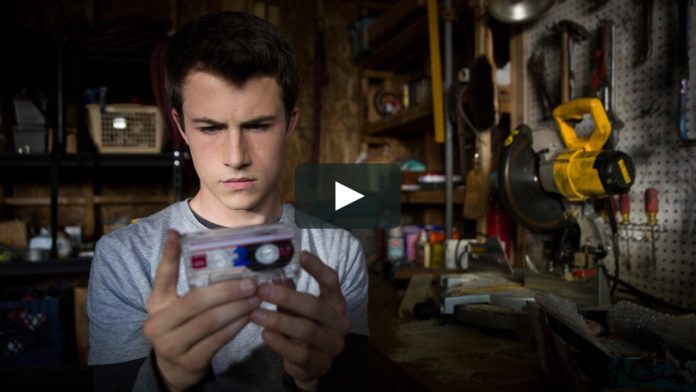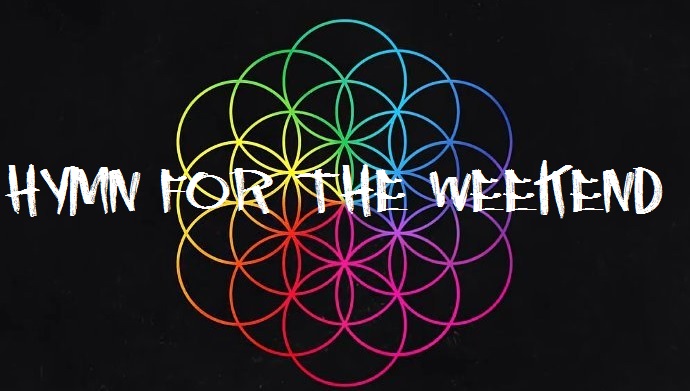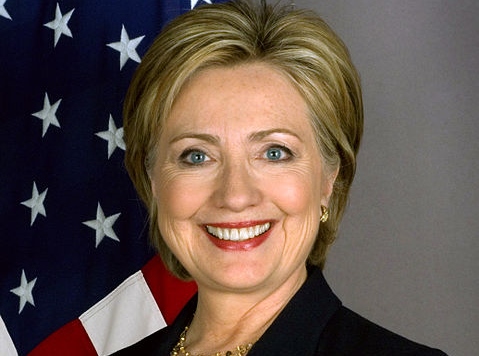Editor’s note: Opinions presented in the following reviews are not representative of The Mast as a whole
DYLAN FOREMAN; Sports Editor; foremad@plu.edu

I think in today’s society, people way too frequently use the word ‘romanticize’ to describe a topic that is portrayed in a dramatic and emotional way. In Selena Gomez’s latest producing venture, the hit Netflix teenage drama based off of Jay Asher’s best-selling book “13 Reasons Why,” the word ‘romanticize’ has been thrown around to criticize how suicide is depicted by the main character Hannah.
The word means to “make (something) seem better or more appealing than it really is” according to Google’s definition, yet some people use it to describe quite the opposite.
In the show, I will say that in many cases, the depiction of Hannah’s life can seem a bit overly dramatic, but let’s not forget this show is purely a story of fiction with elements of reality sprinkled throughout. As for how high school society works, I think this show comes as close to reality as any other show or movie has endeavored.
For the topic of suicide, particularly to the scene where Hannah slits her wrists in a bathtub, I strongly believe that this scene is one of the most powerful scenes ever produced in television. When I saw it for the first time, my heart felt as heavy as it ever has. To me, suicide in mainstream media always seemed glossed over and not seen accurately. In this show, we see the buildup to how Hannah’s feeling, why she is feeling the way she is, and finally how she deals with it all. As an audience, we see the process from beginning to end.
To say that suicide is romanticized seems off to me. There is nothing appealing about it in this show. In fact, it saddens me greatly to watch it as well as watching the other topics of bullying and rape.
I am aware that the subject matter is touchy and that there is no real way to fully portray what it is like for someone considering suicide. I will say that this show and the following of Hannah’s journey through high school entertained through the storyline, informed and sparked deep inquiry as to how we treat people and the ripple effect that has on those around us.

BROOKE THAMES; Editor-in-Chief; thamesbe@plu.edu
Fans of Netflix’s visual rendition of “13 Reasons Why” praise the show for “going there” in regards to topics of suicide, rape and bullying. Many critics slam the series for failing to adequately approach mental health, notably through the absence of the words “mental illness” or “depression.” “13 Reasons Why” at its core is a fantastic feat in complex, character-driven storytelling that moves beautifully — although brutally — beyond the direct suicide narrative of Jay Asher’s novel. Where the series expands the motives of its “bullies” and complicates morality, the show not only sings — it soars.

The life and death of Hannah Baker unfolds like a ball of twisted rope — the more you pull, the more tangled it gets. Hannah Baker, whose fatal flaw lies in her frustrating lack of communication skills, finds herself barraged with emotional wounds inflicted by those she calls classmates, mentors and even friends. It’s the characters with whom Hannah finds fault that the show dives into, developing their stories in a way that makes the show almost more about the imperfect nature of humanity than intentional cases of bullying.
Take Justin Foley, whose lack of parental nurturing leads him to lean heavily on Bryce Walker, a serial rapist and egotist Bryce earns Justin’s fierce loyalty by surprisingly supporting Justin where he needs it most. Justin’s desperate need for Bryce’s friendship and the power imbalance between them leads Justin to fail in stopping Jessica’s rape — not because Justin’s a bad guy, but because he’s a broken one.
Other characters on Hannah’s tapes are misguided more than malicious, like Ryan whose attempt to share what he thinks is good poetry betrays Hannah’s sense of privacy. Even Mr. Porter, who seems incapable of adequately counseling teens in his care, may just be equipped with the wrong tactics by his former position at a violent school where “kids kill kids.”
In the end, none of the 13 reasons on Hannah’s tapes are completely blameless. No one is in a story driven by ripple effect. However, this series so artfully demonstrates the gray area that does exist where intent and effect converge. By digging into the complex figures at the source of Hannah’s decision, the show daringly hints that sometimes people hurt each other by accident and morality is highly subjective.
“13 Reasons Why” is not a show you can waltz into thinking you’ve got your mind made up about what’s right and what’s wrong, who’s guilty and who’s not. Morality, like suicide, is complex. “13 Reasons” shows that in all of its beautiful brutality.
It begs watchers to be cautious of approaching both subjects with a clear position. Often, the story provokes viewers to make up their own minds about what causes and prevents teen suicide — cruel kids or tainted intent, more attentive adults or better counseling services.
The answer is complicated, and the reality imperfect. It seems that’s one of the series’ most explicit points, that humanity — whether it’s a 17-year-old high school student or an overworked guidance counsellor — is ultimately imperfect.
Cruelty, even if unintentional, is inevitable. And the faces behind the actions are not just the seemingly malicious mugs of our enemies, but the also the affectionate smiles of our friends.
At the end of the day, the one clear takeaway — as Netflix fittingly advertises — is that we all can afford to be aware of our influence and proceed with caution.


















